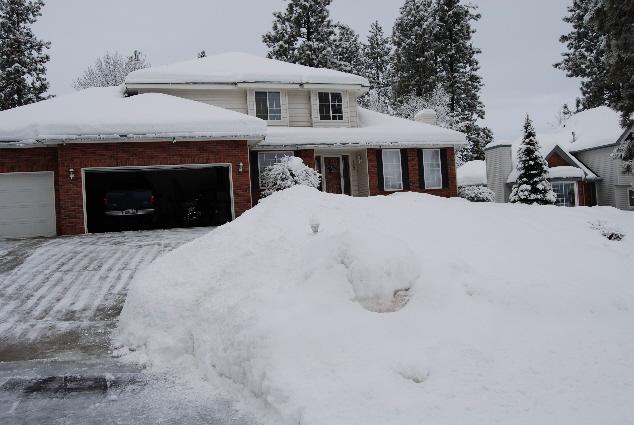How do I prove that 5 divides x^5 – x? The joys of modular arithmetic
Posted by: Gary Ernest Davis on: February 11, 2010
On Physics Forums , ninjagod123 asked:
“How do I prove that 5 divides ??”
In this question, the variable “” should be thought of as restricted to integer values – in fact positive integer values – since divisibility for fractions or real numbers in general is trivial.
So another way to ask the question is: if  is a positive integer, how do we see that
is always a multiple of 5?
First thought is to factor an  in Â
to get
.
The reason this is suggestive is because 5 is a prime number , so if 5 divides  then either 5 divides
 or 5 divides
.
So now the question becomes, if 5 does not divide , why does 5 divide
?
We can think of this in terms of arithmetic modulo 5, where we only keep remainders after division by 5.
In the language of modular arithmetic, the question is:
if  is
?
means
gives a remainder of 1, 2, 3 or 4 after division by 5 , so there are 4 cases to consider.
How about the other way around:
if is
?
means
What are the powers of integers modulo 5?
| x | x^4 | x^4 (mod 5) |
| 0 | 0 | 0 |
| 1 | 1 | 1 |
| 2 | 16 | 1 |
| 3 | 81 | 1 |
| 4 | 256 | 1 |
So this little table tells us that the only time
is when  is itself a multiple of 5.
This simple little argument shows the power of working with remainders after whole number division – which is just modular arithmetic.
Fermat’s little theorem
Piere de Fermat stated, and Euler and others proved, a useful little gem of number theory, known as Fermat’s little theorem.
It states that if is a prime number then for all integers
,
.
Since 5 is a prime number, the result above is just a special case of Fermat’s little theorem.
This page has a number of different proofs of Fermat’s little theorem.
5" of snow: is that a lot of snow?
Posted by: Gary Ernest Davis on: February 10, 2010
It’s snowing heavily here in Dartmouth, Massachusetts. Forecasts are anything from 5″ – 12″ of snow before it eases overnight.
Is 5″ of snow a lot of snow? Let me tell you, when I’m shovelling it, it seems like a lot!  Could we compare 5″ of snow with something else – like water, for example.
Could we compare 5″ of snow with something else – like water, for example.
My driveway is about 20′ by 40′ – 800 square feet, or  square inches.
So, a layer of 5″ of snow on my driveway is about  cubic inches.
That’s a lot of cubic inches.
How much water would that be? Typically, fresh snow is about 10% the density of water.
So 5″ of fresh snow on my driveway is equivalent to about  57,600 cubic inches of water.
There are 231 cubic inches in a US gallon, so there would be the fresh snow equivalent of gallons of water sitting on my driveway – say 250 gallons between friends.
That’s about 55-gallon drums of water.
Seems like quite a lot of water.
Certainly feels like it when I’m shovelling!
This blog post was prompted by the conjunction of two events, one predicted, the other entirely unexpected.
The first event was the snow, which was accurately forecast.
The second event was John Allen Paulos retweeting me on Twiitter.
That was pretty cool, and I was thinking about his books as I shovelled snow and – boing! – I wondered how someone who had never see snow could relate to 5″ of the white stuff on my driveway.


